What is the Best Waterproofing System Below-Ground? Membrane, Crystalline, or Drainage?
1. Overview:
Every compliant product has been researched and developed for years before being put on the market. Every compliant product has been tested to prove its claims. However, a product is not a system, and the best systems are what you need, not just choosing the best products.
To design the best waterproofing system above ground, the designer/consultant must have a solid understanding of concrete, water dynamics, water vapour, condensation, structural engineering, mould management, chloride content in the air, etc to be able to design a waterproofing system that will last with risk mitigation in place. The design must reference the relevant standards and codes for Deem-To-Satisfy compliance or prepare a Performance Solution as explained in NCC 2022.
When you deal with Below-Ground waterproofing, you also need to understand ventilation, gas emissions from the soil (radon, methane, CO2, etc), soil types and their behaviours, drainage and filtration, contaminations, etc, which are covered in BS 8102.2022, CIRIA, IBC, PCA, etc.
The waterproofing contractor, however, must read and fully understand the waterproofing design, and then comply with different relevant codes of practice, standards, and method statements supplied by the product manufacturers to provide the best installation methods.
Before installing the waterproofing system, other trades must do their parts correctly. For instance, concrete mix design, the structural design of slabs and walls, concrete placement, concrete curing, water and moisture management on the substrates (Dewatering and drainage), trades’ sequencing, etc.
Therefore, it is important to note that a Waterproofing System is a complex interrelated steps to achieve Optimum Performance.
2. Waterproofing systems Below Ground:
2.1 Type A – Membranes:
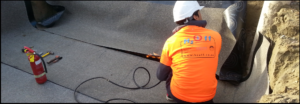 There are many different types of membranes on the market, such as liquid, torch on bituminous sheets, PVC, TPO, SBS, etc falling under Type A waterproofing system in BS 8102.2022. Each membrane has its installation method statement, limitations, and performance, and if done correctly, it will achieve optimum results.
There are many different types of membranes on the market, such as liquid, torch on bituminous sheets, PVC, TPO, SBS, etc falling under Type A waterproofing system in BS 8102.2022. Each membrane has its installation method statement, limitations, and performance, and if done correctly, it will achieve optimum results.
2.2 Type B – Intergral:
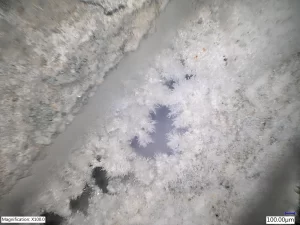 There are many crystalline waterproofing admixtures on the market. They are all tested for various performances such as concrete shrinkage, compressive strength, chloride content, sulphate content, sorptivity, permeability, early setting time, heat generation, self-healing, etc. Most of them are compliant with AS 1478.1 – 2000. However, they all work differently and have different limitations, such as the minimum cementitious content, the crack width self-healing, w/c ratio, etc. The waterproofing concrete additives are used with waterstops in construction joints, which is classed at Type B in BS 8102.2022. Therefore, if the designer or concrete supplier fails to understand the requirements, limitations, and expected performance; underperforming concrete will be supplied to the site, and the blame game will begin at first signs of cracking water ingress.
There are many crystalline waterproofing admixtures on the market. They are all tested for various performances such as concrete shrinkage, compressive strength, chloride content, sulphate content, sorptivity, permeability, early setting time, heat generation, self-healing, etc. Most of them are compliant with AS 1478.1 – 2000. However, they all work differently and have different limitations, such as the minimum cementitious content, the crack width self-healing, w/c ratio, etc. The waterproofing concrete additives are used with waterstops in construction joints, which is classed at Type B in BS 8102.2022. Therefore, if the designer or concrete supplier fails to understand the requirements, limitations, and expected performance; underperforming concrete will be supplied to the site, and the blame game will begin at first signs of cracking water ingress.
2.3 Type C – Drainage:
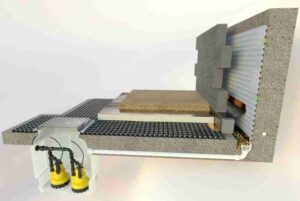 Drainage is a technique that has been successfully used for thousands of years, so it didn’t start yesterday. Yet, designers are still finding ways to overlook that system and rely on waterproofing products for the design life of the structures. Drainage, also referred to as “Water shedding”, is a system that allows water to continue its journey freely around the building and not into it. This is classed as Type C in BS 8102.2022.
Drainage is a technique that has been successfully used for thousands of years, so it didn’t start yesterday. Yet, designers are still finding ways to overlook that system and rely on waterproofing products for the design life of the structures. Drainage, also referred to as “Water shedding”, is a system that allows water to continue its journey freely around the building and not into it. This is classed as Type C in BS 8102.2022.
This system could last indefinitely if the designers allowed access and maintenance in case of blockages. We must all learn from the Greeks and the Romans who used similar systems thousands of years ago. Some of the structures are still standing and functional today.
Why don’t we learn from them and use the power of nature in our favour?
2. Verdict
Which system is best, membrane, crystalline, drainage, etc?
… The simple answer is NONE.
The best Waterproofing system is the one that lasts the longest, designed by someone who understands what has been highlighted above. Consider combining the Types A with C, A with B, B with C, or A with B and C depending on what grade you want to achieve.
Written by Hacène Baleh on 21/08/2024
To receive new notification of new educational posts:
Follow Hacène Baleh on LinkedIn
Follow Baleh Consulting on LinkedIn
Images provided by: Sika Ireland, Penetron Australia, H2Off Waterproofing, and Premcrete.

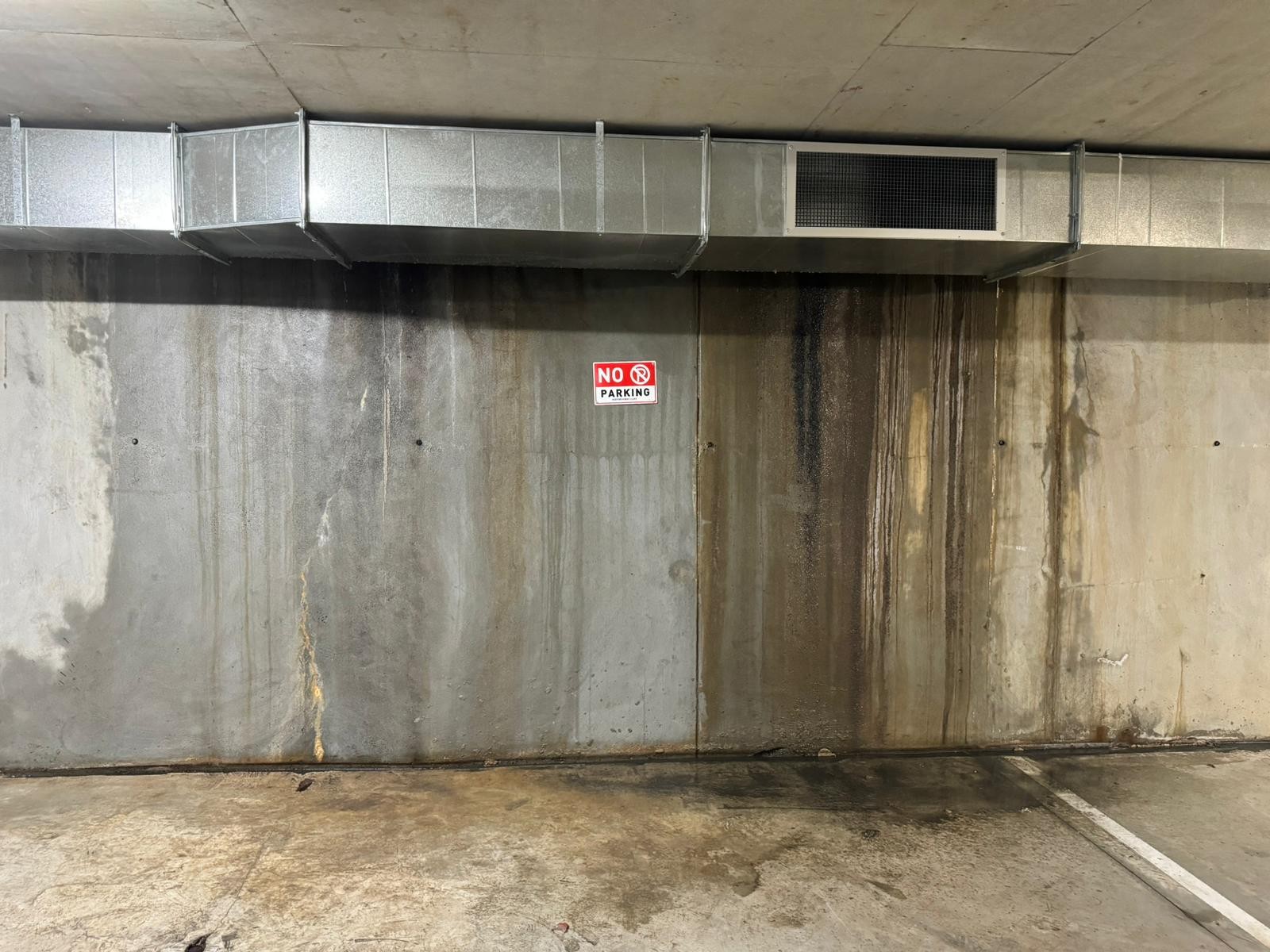

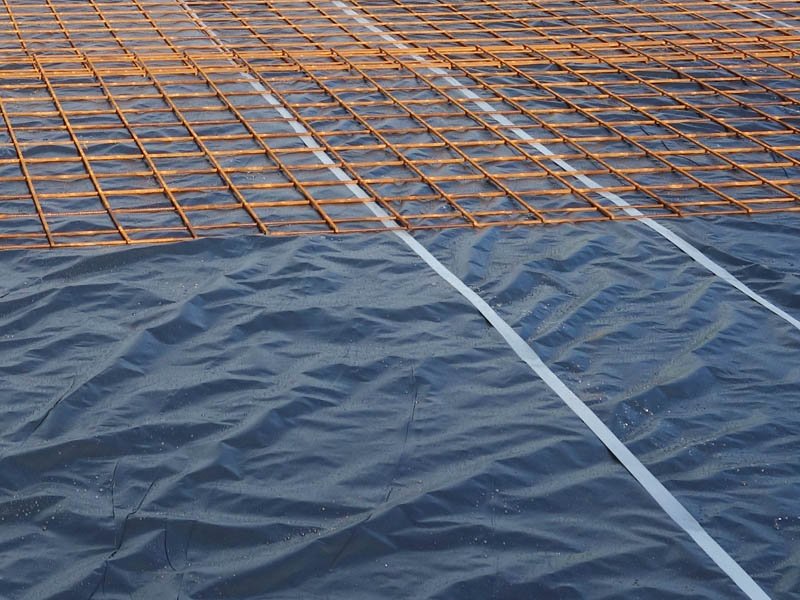











One Comment
Good topic. Have you evaluated Butyl rubber based tanking membrane to meet your expectations?